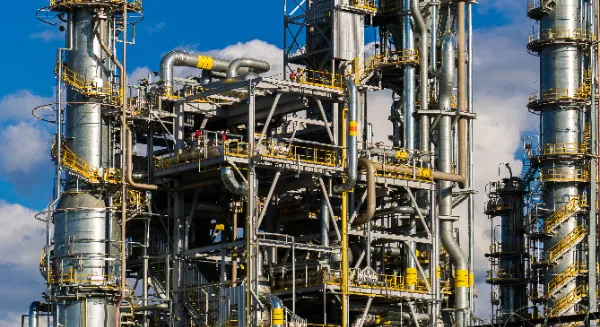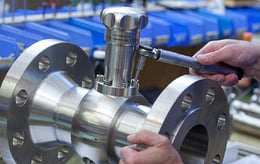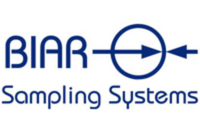

What Are Grab Sampling's 5 Most Common Problems?
Although chemical manufacturers are not created equally, we have found over the years that Operations Managers industrywide are constrained by poorly designed systems for obtaining samples, or by sample systems not fit for purpose. Often, it seems, the ability to open the line to extract a sample has been the only consideration given to procuring a sampling solution. The truth is a sample system that can guarantee a good quality sample can significantly reduce manufacturing costs and help to ensure that the plant runs efficiently.
 In the chemical industry, the only good quality sample is a representative sample, and you can get it one of two ways: either flush and purge the dead space before taking a sample or grab a representative sample the first time, every time. Having to flush the line before grabbing a representative sample, however, can yield samples of inconsistent quality. That method also presents five key challenges I will briefly explain, including increased waste and emissions, the compromising of industrial hygiene standards, increased worker exposure to risk, a higher probability of operator error, and higher costs.
In the chemical industry, the only good quality sample is a representative sample, and you can get it one of two ways: either flush and purge the dead space before taking a sample or grab a representative sample the first time, every time. Having to flush the line before grabbing a representative sample, however, can yield samples of inconsistent quality. That method also presents five key challenges I will briefly explain, including increased waste and emissions, the compromising of industrial hygiene standards, increased worker exposure to risk, a higher probability of operator error, and higher costs.
The five (5) disadvantages of flushing and purging that you can eliminate with inline (representative) sampling taken by using a valve installed on the process line are:
1 - Higher Waste and Emissions Levels
If the grab sampled product cannot be recycled, it must be disposed of or neutralized. This indisputable reality increases cost from product loss and waste disposal. Chemical manufacturers are morally obligated to reduce waste wherever possible, and doing so also makes good business sense. Therefore, switching from grab sampling to representative sampling could result in significant reductions in waste and emissions.
2 - Inability to Meet the Top Industrial Hygiene Standards
In many plants, flushed product is left in buckets under the sample station and poses potential safety hazards.
3 - Increased Exposure Risk
If the process occurs at a high temperature or is potentially hazardous in another way, operators have to deal with the flushed product, which increases the risk for worker exposure.
4 - Higher Probability of Operator Error
The more steps needed to take a representative sample, the harder it is to obtain one. If the flushing process is done incorrectly, an inferior quality grab sample will make its way to the lab. Such inefficiency wastes time and money and could result in a lower-quality final product. (To borrow an expression from computing, “garbage in, garbage out.”)
5 - Increased Costs
Flushing a process line to grab a representative sample increases the time it takes to get a sample. If done incorrectly, the process may need to be repeated, adding more expense to the process. A sub-standard quality sample may also affect product quality and the bottom line.
In summary, replacing the flushing and purging of process lines with an inline sampling system guarantees representative samples, reduce hazards and risks, and saves money over the long-term.
Want to learn more?

